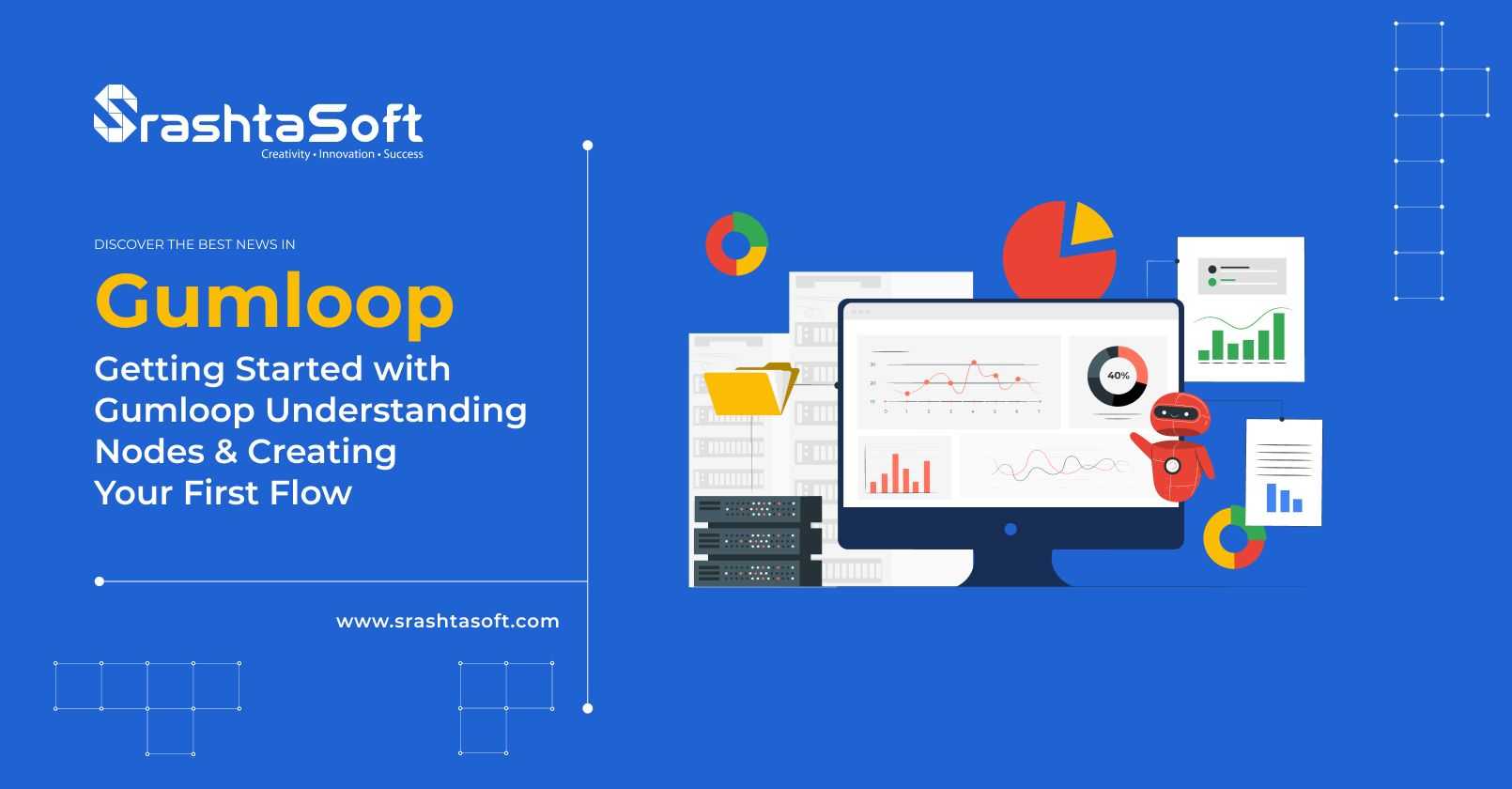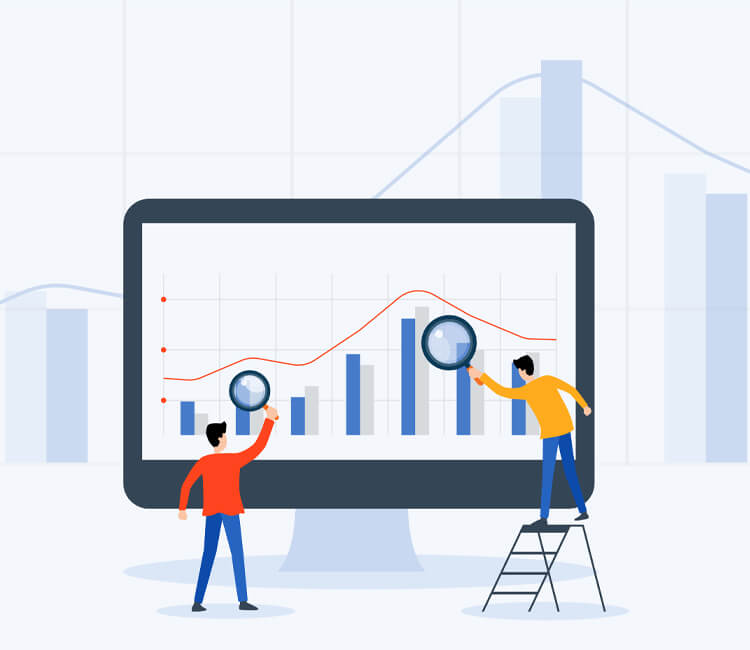What is a Node?
A node in Gumloop is a building block that performs a specific task within an automation flow. Nodes process data, execute actions, and connect with different applications to automate tasks.
Think of nodes as individual steps in an automation workflow. Each node has a specific function, such as scraping data, sending emails, or processing information.
Example: Web Scraping Node
The Web Scraping Node helps extract data from websites. It is useful for:
- Collecting business leads.
- Scraping contact details from directories.
- Extracting product details from eCommerce websites.
How to Add a Node to the Canvas?
What is the Canvas?
The Canvas in Gumloop is a visual workspace where users create and manage automation workflows. It is where nodes are placed and connected to create a flow.

Steps to Add a Node Using Drag-and-Drop:
- Open Gumloop and go to the Canvas section.
- On the left panel, browse the list of available nodes.

- Click & Drag the desired node (e.g., Web Scraping Node) onto the Canvas.
- Drop the node on the Canvas to place it in your workflow.

Basic Introduction to a Flow in Gumloop
A Flow in Gumloop is a series of connected nodes that work together to perform an automation task.
Example Flow: website data scrape
- Step 1: Add a Web Scraping Node.
- Step 2: Add a Data Extraction Node for details.
- Step 3: Add a Google Sheets Node to store the collected details.
How to Connect Two Nodes and Build a Flow?
After placing nodes on the Canvas, they must be connected to create a workflow.
Steps to Connect Nodes:
- Click on the output port (small circle) of the first node.
- Drag the connector line to the input port of the second node.
- Release the connection to link the nodes.
- Repeat for additional nodes to complete the flow.
Now, the first node's output becomes the input for the second node, allowing data to flow smoothly.
Example: Connecting Web Scraping Node to Data Extraction Node
- The Web Scraping Node extracts LinkedIn job posts.
- The Data Extraction Node filters posts with emails and phone numbers.
- The Google Sheets Node saves the data for easy access.

Conclusion
- Nodes are essential building blocks in Gumloop that perform specific tasks.
- The Canvas allows users to visually create automation workflows.
- Drag-and-drop functionality makes it easy to add and connect nodes.
- Connecting nodes creates powerful flows for automation.
Now that you understand nodes and flows, start building your first Gumloop automation and streamline your tasks efficiently! 🚀



